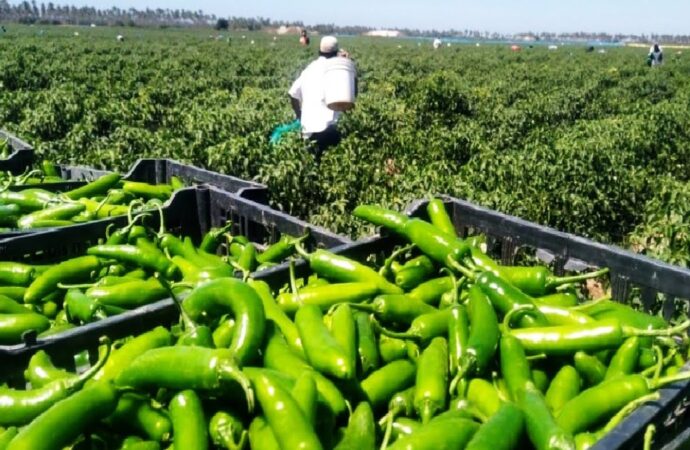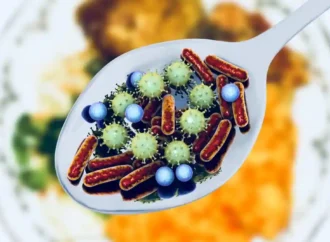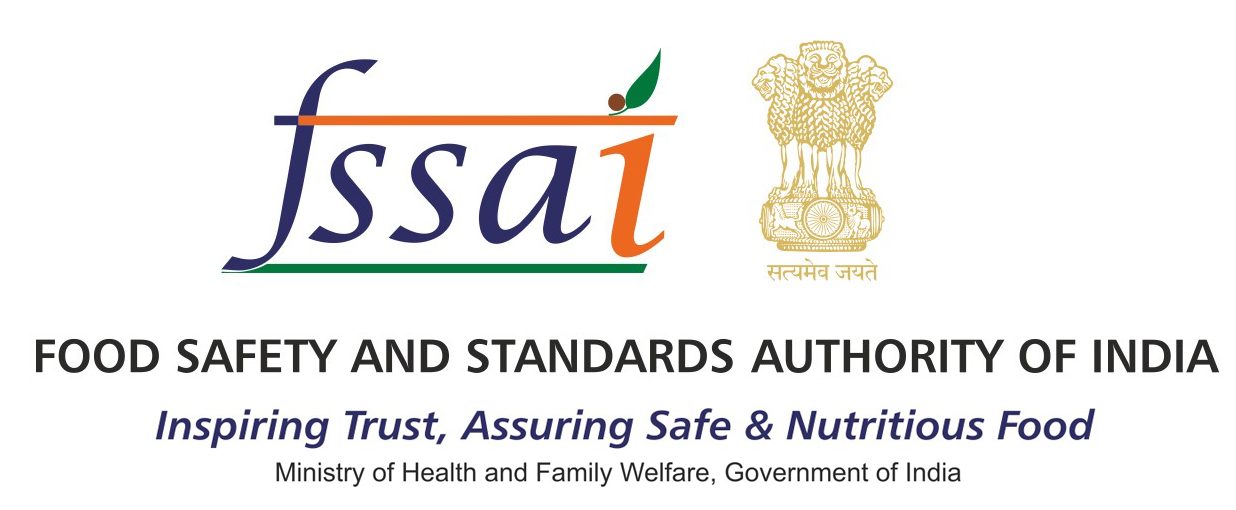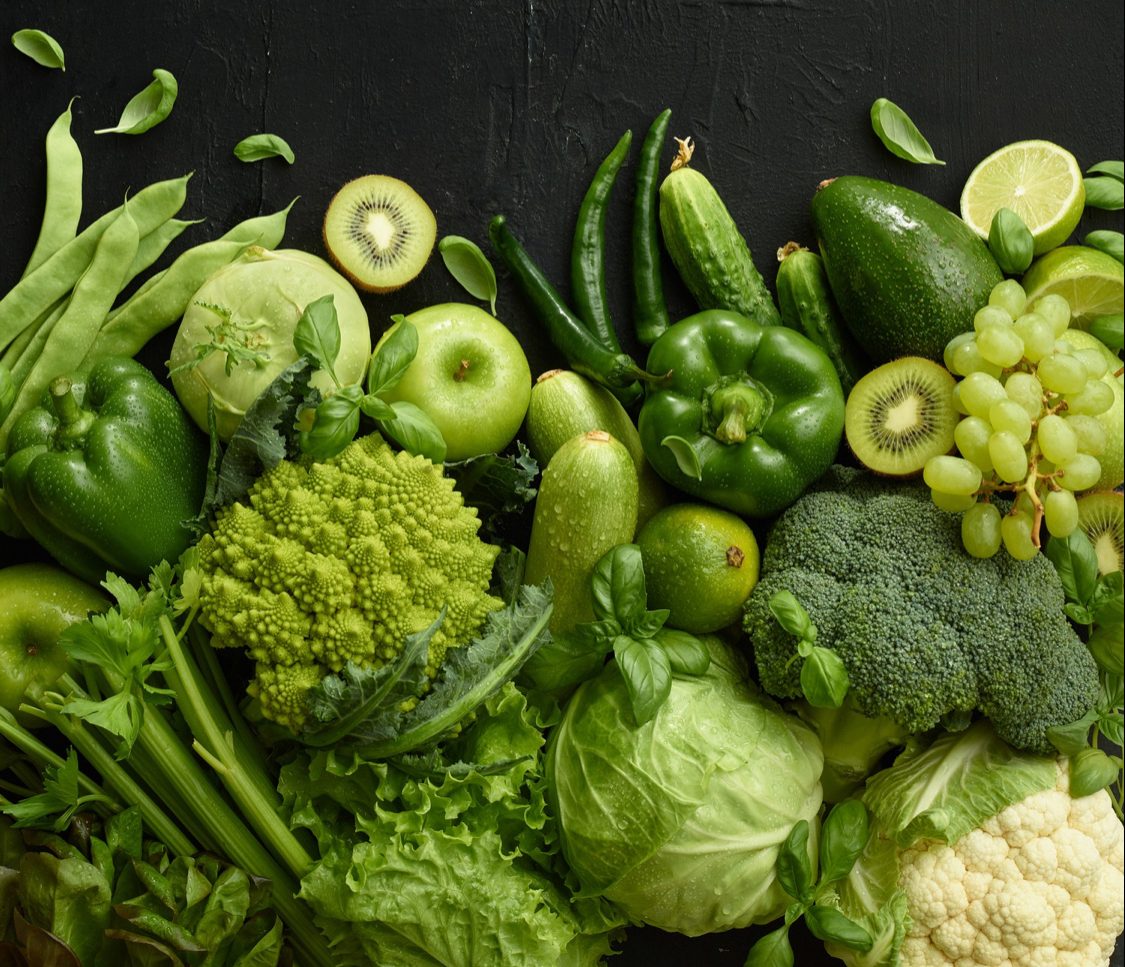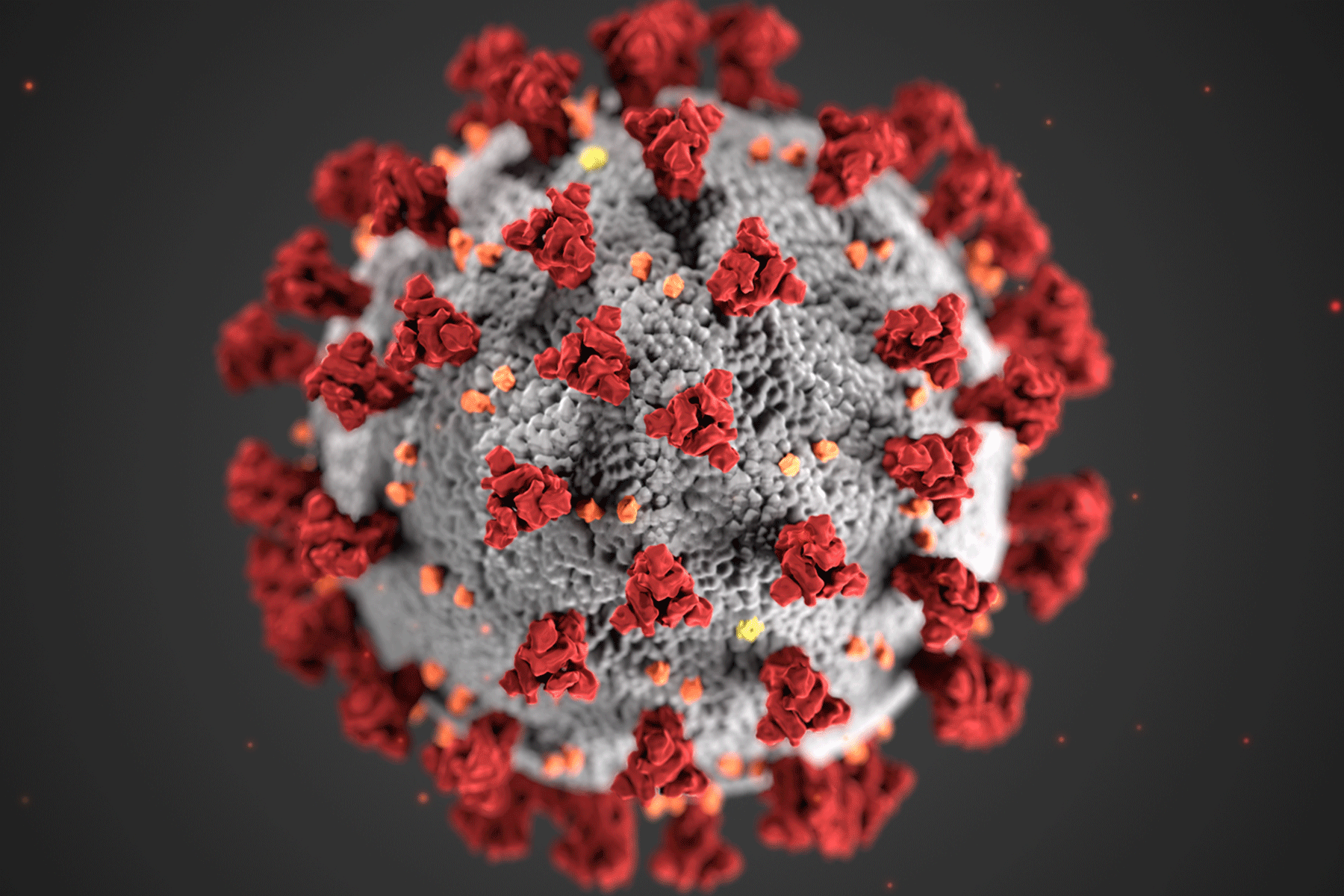Authors: Sunitha Poulose, Athira D & Biya V. Jomon
Green chillies are cherished worldwide for their unique flavour, vibrant colour, and significant health benefits. Packed with vitamins, minerals, and capsaicin—a compound responsible for their spicy kick—green chillies enhance culinary experiences and promote health. Capsaicin is linked to numerous benefits, such as boosting metabolism, enhancing immunity, reducing pain, and lowering the risk of chronic diseases like heart ailments, type 2 diabetes, and certain cancers. However, their cultivation increasingly relies on pesticides, raising significant health and environmental concerns.
Challenges in Green Chili Cultivation
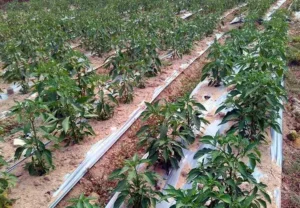
Green chillies have gained global popularity, but their cultivation presents unique challenges. The growing demand for these chillies has pushed farmers to increase production. However, green chilli plants are highly vulnerable to pests, diseases, and weeds that threaten both yield and quality. To address these threats, many farmers rely on pesticides. While effective, this dependency raises safety concerns due to the presence of pesticide residues on the produce.
The Dual Impact of Pesticide Use
Pesticides offer both benefits and drawbacks in green chilli cultivation. Understanding these dual impacts is essential to addressing their use responsibly.
Benefits of Pesticides:
- Higher Crop Yields: Pesticides help ensure robust harvests, meeting global demand.
- Pest and Disease Management: They provide effective control over pests and infections that can devastate crops.
- Economic Stability for Farmers: By reducing crop losses, pesticides help farmers maintain financial stability.
Harmful Effects of Pesticides:
- Health Risks: Residues from neurotoxic pesticides can accumulate in the body, leading to hormonal imbalances, immune suppression, respiratory issues, developmental problems in children, and an increased risk of chronic diseases like cancer.
- Environmental Damage: Pesticide runoff contaminates soil and water, disrupts ecosystems, and reduces biodiversity by harming beneficial organisms.
These risks are particularly pronounced in regions with weak regulatory oversight, where the unregulated use of harmful chemicals exacerbates health and environmental hazards.
Pesticide Residues: A Hidden Challenge
The most troubling aspect of pesticide use is the difficulty in detecting residues. Despite thorough washing or cooking, pesticide residues often remain on or within green chillies. These invisible contaminants pose significant risks to public health. Moreover, inadequate labelling and insufficient transparency regarding pesticide use leave consumers unaware of the potential dangers. This underscores the urgent need for better safety standards, testing, and public awareness campaigns.
Addressing the concerns surrounding pesticide use in green chillies requires a multi-faceted approach. Consumers, farmers, and policymakers all have roles to play.
Practical Tips for Consumers:
Consumers can adopt simple measures to minimize pesticide exposure:
- Choose Organic Produce: Organic chillies are grown without synthetic pesticides, offering a safer alternative.
- Thorough Cleaning: Washing chillies under running water or soaking them in a baking soda solution helps reduce surface residues.
- Support Local Farmers: Buying directly from farmers practising sustainable methods ensures safer produce.
Sustainable Farming Alternatives:
Farmers can adopt eco-friendly practices to reduce pesticide dependency:
- Integrated Pest Management (IPM): Combining biological, cultural, and mechanical pest control methods minimizes the need for chemical pesticides.
- Biopesticides: Derived from natural sources, these alternatives are safer for both humans and the environment.
- Organic Farming Practices: Techniques like composting and using natural pest repellents promote healthy crops without synthetic chemicals.
- Training and Education: Providing farmers with knowledge about sustainable practices encourages the adoption of safer methods.
Conclusion
Green chillies are a nutritious and flavourful staple in kitchens worldwide, but their cultivation faces significant challenges due to the reliance on pesticides. This dependency poses risks to public health and the environment, calling for collective action. By implementing stricter regulations, promoting sustainable farming practices, and educating consumers, it is possible to mitigate these risks. Governments, farmers, and consumers must work together to ensure that green chillies remain a safe and healthy addition to our meals while preserving environmental sustainability and public health.
By adopting these measures, we can strike a balance between meeting the growing demand for green chillies and safeguarding health and the planet. Together, these efforts can ensure that this cherished ingredient continues to enhance our lives responsibly and sustainably.
 Food Manifest
Food Manifest 